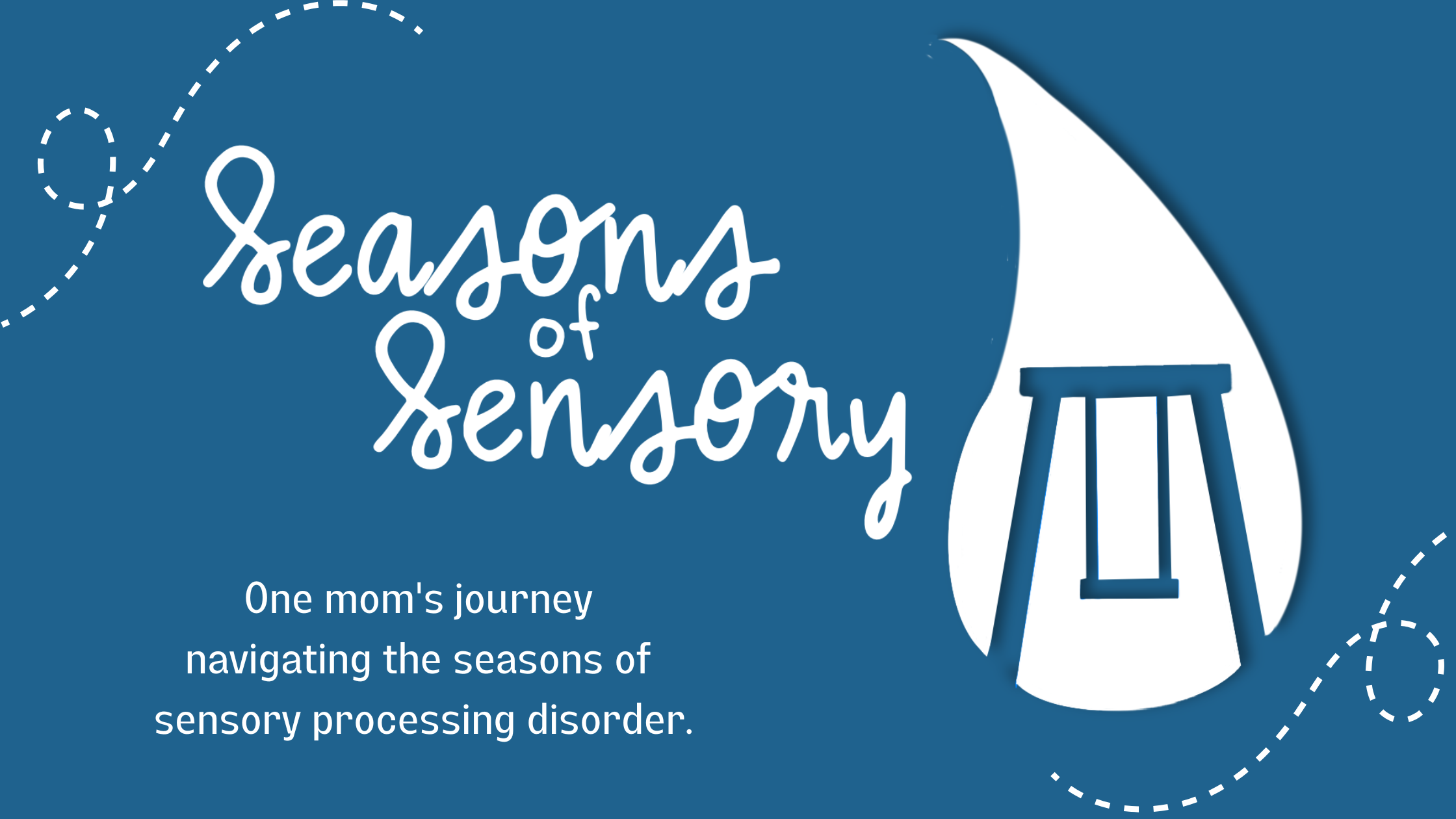Addressing your child’s sensory processing needs at home doesn’t have to break the bank. This page is dedicated to sharing some of our favorite low-cost solutions for providing sensory regulation at home. My rule of thumb is that I always check local thrift stores or online marketplaces first before buying new. I come from a long line of “value shoppers” who love nothing more than a great deal and embrace the notion that “one person’s trash is another person’s treasure.” This philosophy allows us to ensure our boys have access to the tools they need.
The items featured below are tools that we have found helpful. You’ll find affiliate links to products we use as well as links to patterns or other resources where applicable.
Vestibular/Proprioceptive
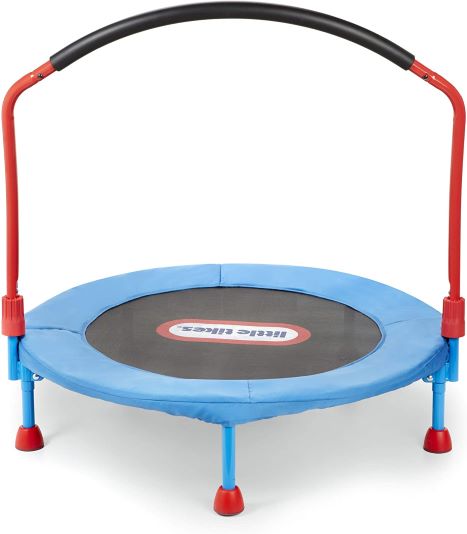
One of the first things we did when we began this journey with Fletcher is add a mini trampoline to his birthday list. We put it in our family room and pretty soon, he was jumping when his body craved vestibular input. It has become a permanent fixture in our home and is almost a passive way for our boys to get sensory input on their own – my niece gets in on the action sometimes, too. We like the support bar for extra stability, especially while our boys are little.
Budget Hack: You can frequently find these for a discounted price online and any version of the trampoline works. People frequently give large outdoor trampolines away for free if you’re willing to disassemble and move them yourself.
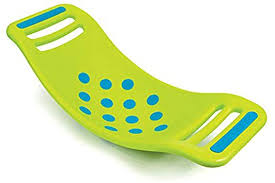
The Teeter Popper by Fat Brain Toys is another really good way for input in more of a passive way. When used as more of a rocker, the suction cups on the bottom provide really great resistance when placed on a hard floor surface. When on carpet it’s much more of a smooth rocking motion which is equally as helpful from a regulatory perspective. Our boys love to sit on this while watching a show and rock back and forth without really even thinking about it.
Budget Hack: I find these at thrift stores all the time and they’re frequently sold in rummage groups online as well. Thrift store prices are usually in the $10 range.
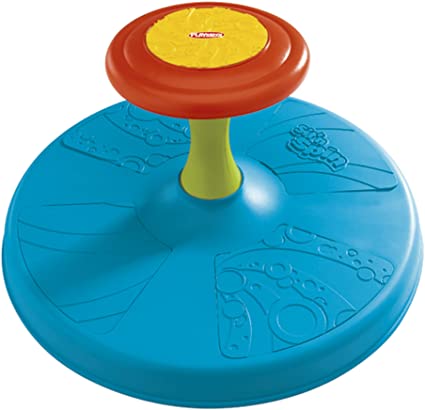
If your sensory-seeker is drawn to spinning, this is great for feeding that need for input while also dubbing as “heavy work” since it requires that the little uses their own strength to get it moving.
Budget Hack: This is a frequent flyer at thrift stores, rummage sales and online market places for very reasonable prices – think $5 range.
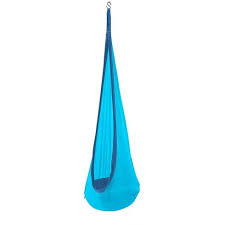
We love our HugglePod. It does two things for us – provides great vestibular input from the swinging (and sometimes spinning if you’re Fletcher) motion while also being a bit of a safe haven if one of our boys is needing less visual stimulation. Max prefers this swing over a lycra therapy swing because the inflatable bottom provides him with more stability. A dear friend found an amazing deal on Zulily for us and I had already purchased a hammock swing holder from an online marketplace for a fraction of retail price. We have this set-up in our living room at all times with another therapy swing that can be interchanged.
Budget Hack: If you’re willing to shop around a bit or wait for a sale on a site like Zulily, you can find the swing for well under $20.
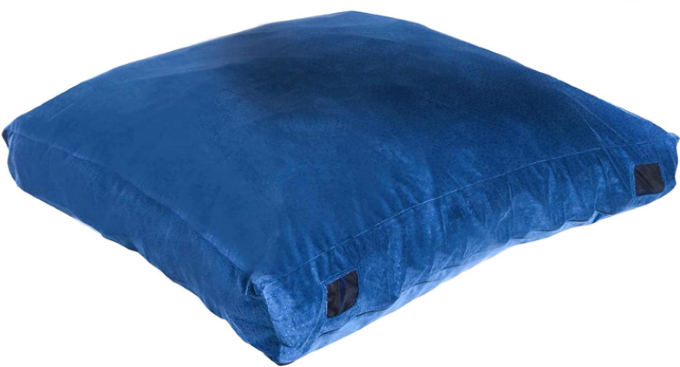
This crash mat was a game changer for us! It gave our boys a designated landing pad for their crashing, jumping and flipping. It may have even saved us a few years on our couch cushions. It’s also really great for movie nights.
Budget Hack: Sew queen-sized sheets together and fill with different sized pieces of foam, old blankets and pillows, soft stuffed animals, etc. If sewing isn’t your thing you could zip two sleeping bags together and fill that with soft items as well.
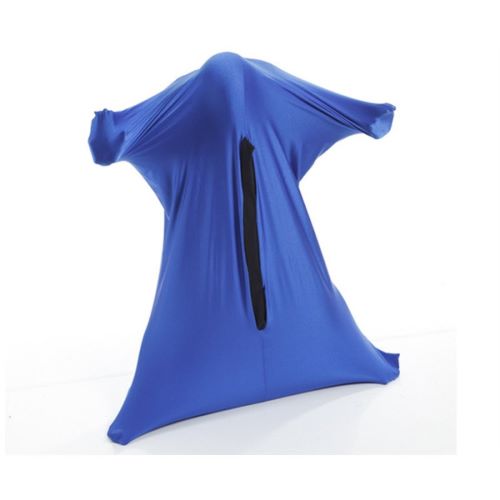
We love the body sock! It’s a great way to get proprioceptive input through flexible resistance and the smoothness of the lycra is usually a desired texture (win-win!).
Budget Hack: If you’re a sewer, you could absolutely make a body sock out of a piece of lycra. I found this pattern online and there are loads of others.
